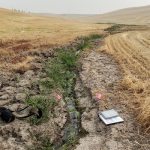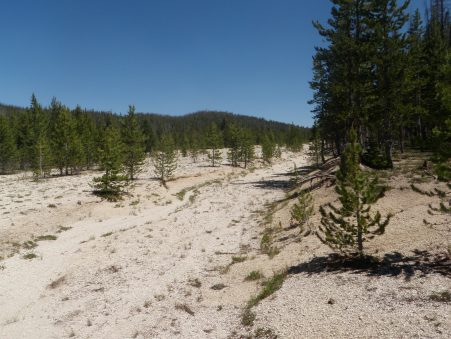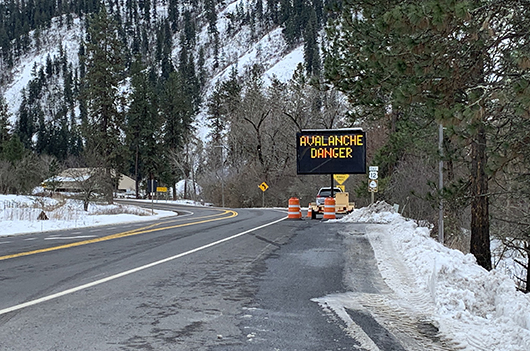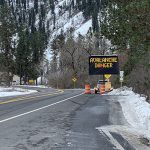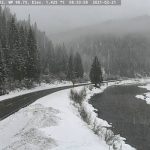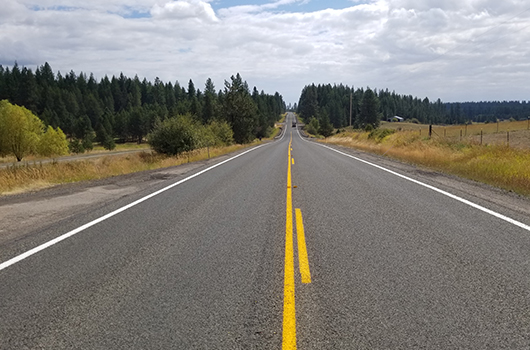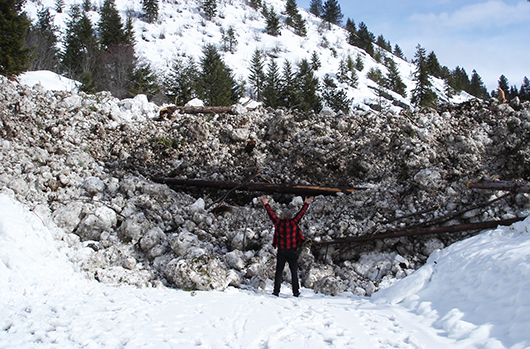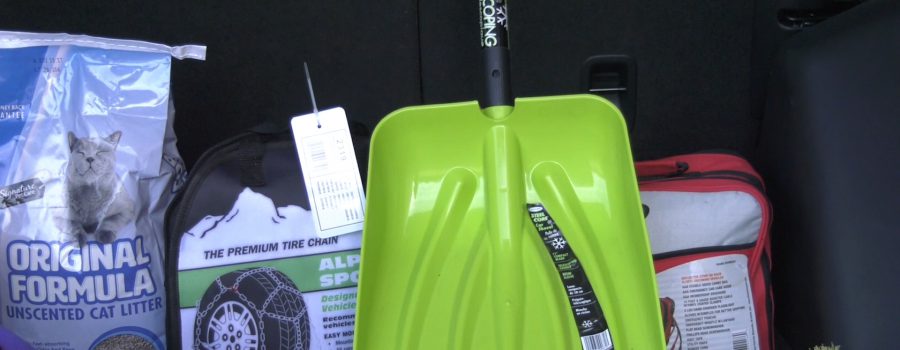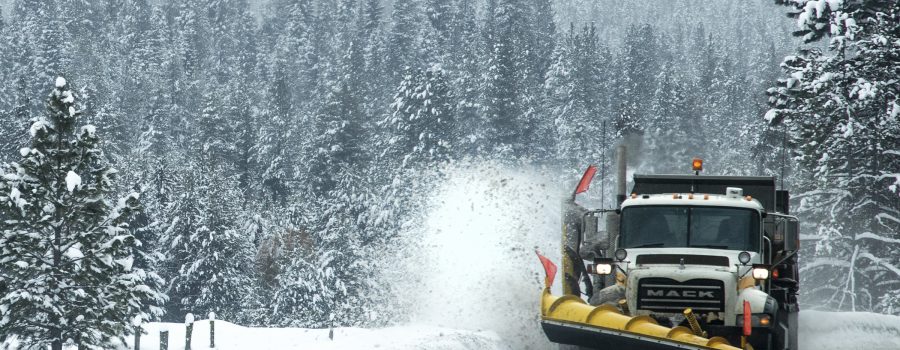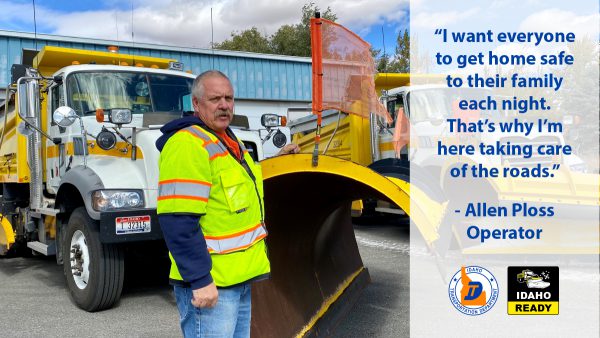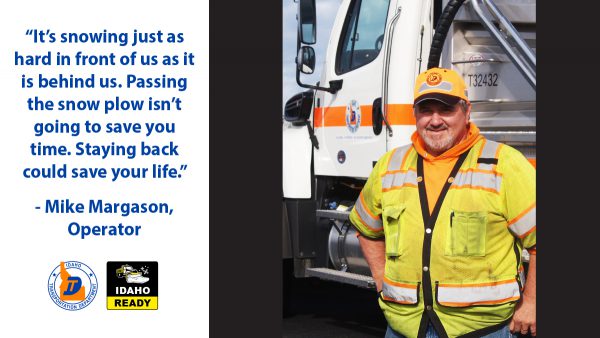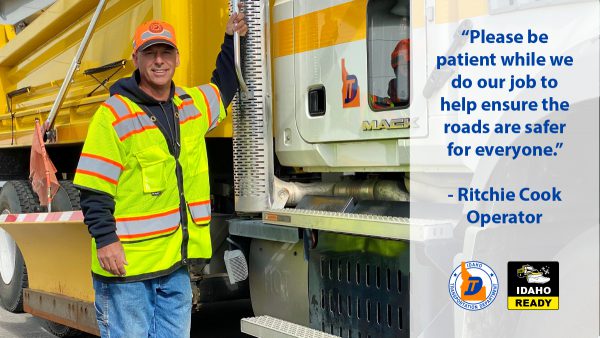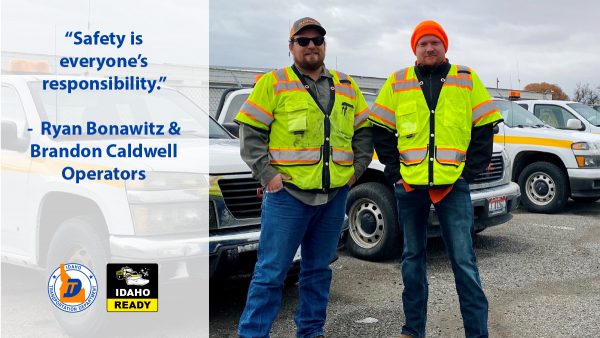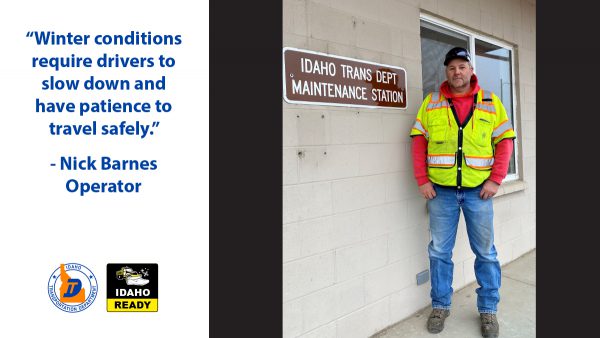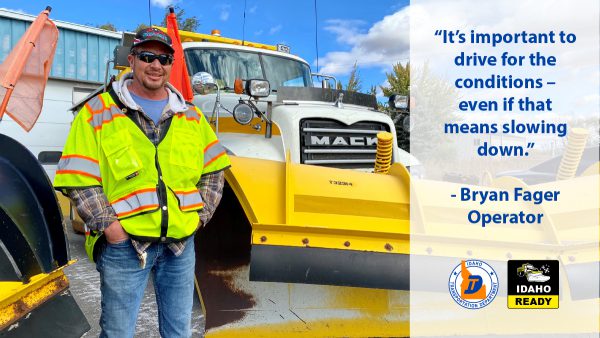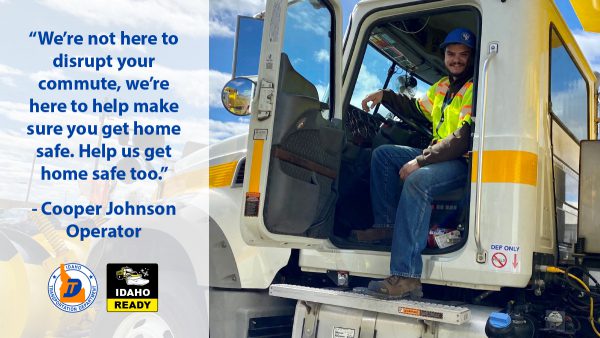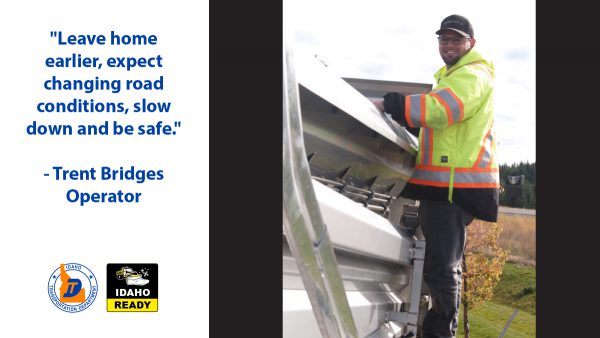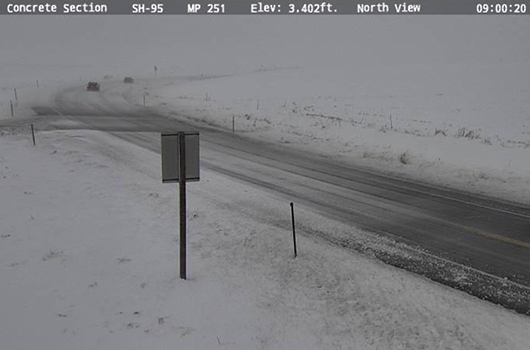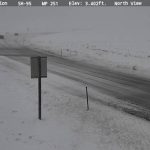With approved permit, US-95 expansion south of Moscow could start this fall
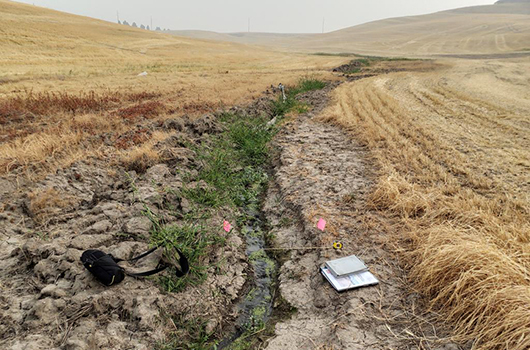
Plans to expand US-95 south of Moscow are one step closer to construction, as the Army Corps of Engineers granted a permit to the Idaho Transportation Department on March 9, 2021.
“This permit was one of the last few hurdles to get our plans out to construction and make the highway safer,” said Ken Helm, the ITD project manager who has overseen expansion efforts since 1998. “Now we can finally address the last two-lane section between Lewiston and Moscow.”
The permit approves the evaluation and mitigation of permanent wetlands that will be affected by shifting the highway less than a mile to the east and adding two more travel lanes. The new route will be flatter, feature wider shoulders and have fewer access points to improve safety and reduce travel times for the 7,300 drivers who take this route each day.
“Our next step is to finish working with property owners to acquire the last remaining parcels of land necessary for expansion,” Helm said. “We aim to bid this project this summer, which means we could start construction this fall.”
Construction is expected to take two years and estimated at $60 million. For more information, visit itdprojets.org/us95thorncreektomoscow.

